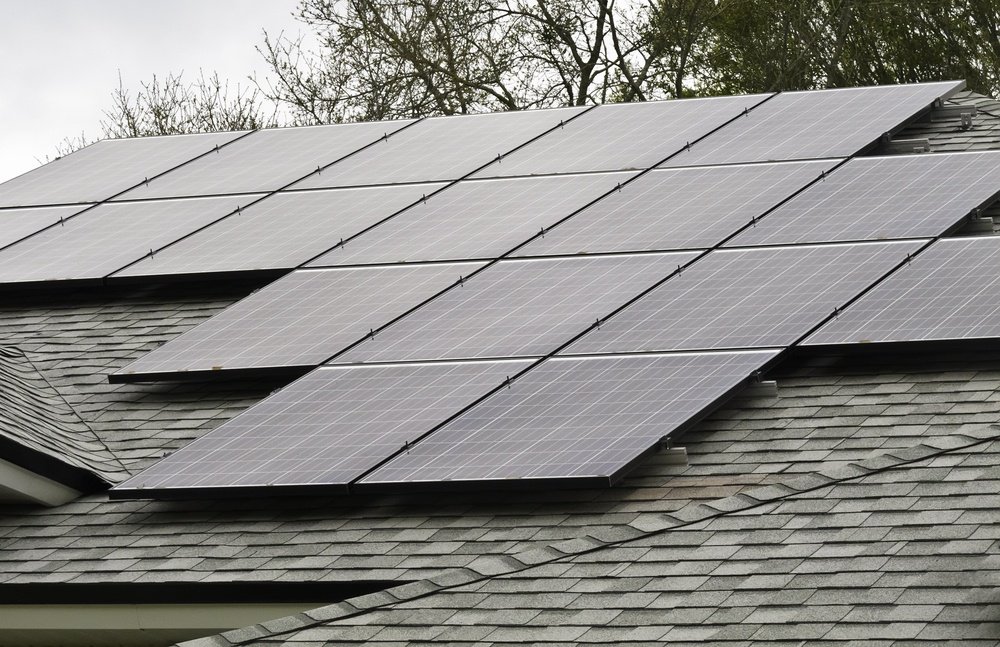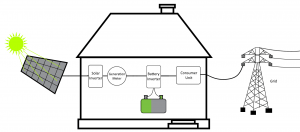It’s fair to say that the good times are back again for the solar industry. Expectations are that more capacity will have been added this year than any other since the end of subsidies – and the policy wins have been tremendous.
As secretary of state for energy security and net zero, Ed Miliband has been a powerful voice for the sector. Only weeks after the election he spoke of a “solar rooftop revolution” and lambasted nonsensical claims about solar farms.
“Credible external estimates suggest that ground-mounted solar used just 0.1% of our land in 2022. The biggest threat to nature and food security and to our rural communities is not solar panels or onshore wind; it is the climate crisis, which threatens our best farmland, food production and the livelihoods of farmers. The Government will proceed not on the basis of myth and false information, but on evidence,” he told the Commons.
We also have the National Farmers Union on our side, unabashedly. Its president Tom Bradshaw condemned “sensationalist” claims about food security this summer, telling Politico that, “it’s a small amount of land which is being taken out of production.”
Miliband swiftly approved a shade under two gigawatts of nationally significant solar generation capacity: Gate Burton (500MW) in Lincolnshire, Sunnica (500MW) on the Suffolk/Cambridgeshire border, Mallard Pass (350MW) in Lincolnshire and Rutland and latterly the 600MW Cottam project, straddling Lincolnshire and Nottinghamshire.
Read more: SolarPowerPortal






